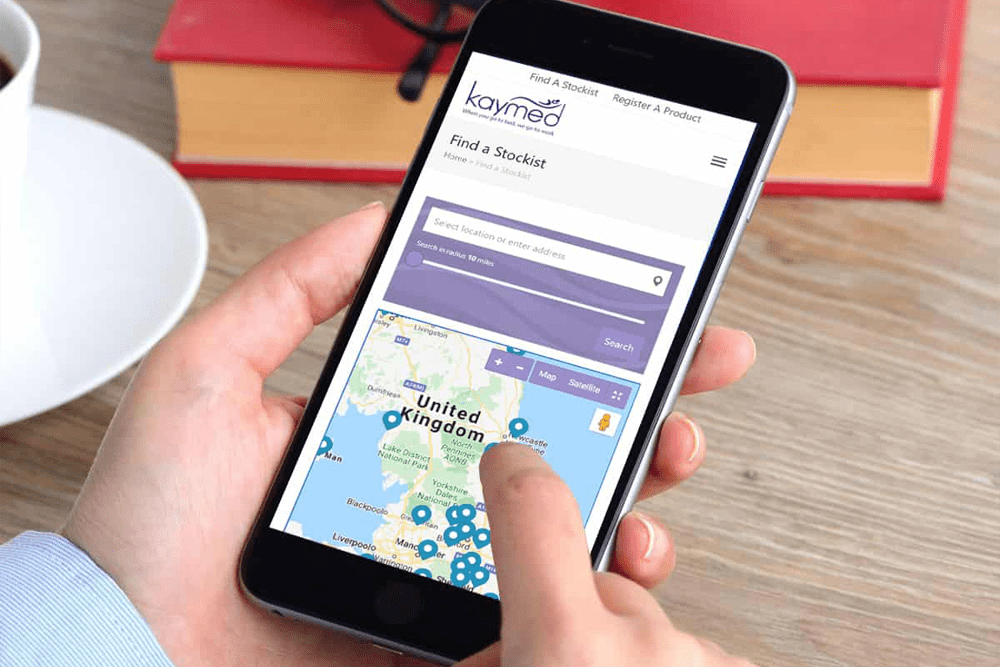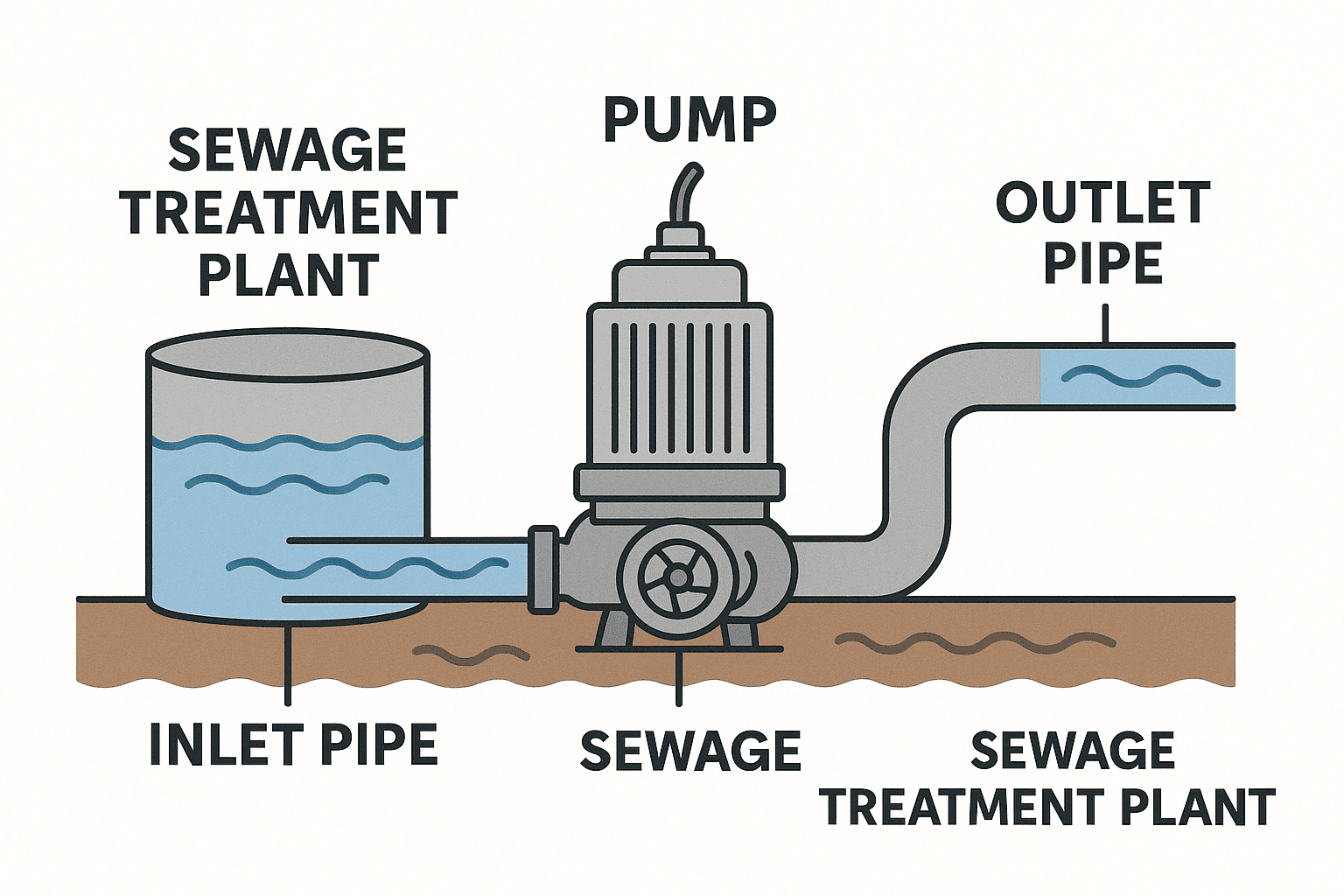In today’s digital age, having a strong online presence is crucial for the success of your business. As a manufacturer, your website is often the first point of contact for potential customers and clients, and it’s important to make a good first impression and continuously develop your website.
However, simply having a website is not enough. In order to stay competitive and attract new customers, it’s essential to continuously develop and improve your website. This means regularly updating your content, ensuring your website is mobile-friendly and easy to navigate, and optimising your site for search engines.
In addition, as technology and customer expectations continue to evolve, it’s important to stay up-to-date with the latest trends and incorporate new features and functionality into your website. For example, you may want to consider adding e-commerce capabilities, integrating social media channels, or creating interactive product demonstrations.
By investing in the ongoing development and improvement of your website, you can ensure that you are providing the best possible online experience for your customers and staying ahead of the competition. So lets explore some improvements that could be made.
Adding new content to a website
The frequency with which you should add new content to your website depends on a variety of factors, such as your industry, target audience, and the nature of your business. However, in general, adding new content on a regular basis can help keep your website fresh, engaging, and relevant to both search engines and your audience.
For example, if you have a blog on your website, you might aim to post new articles once a week or once a month, depending on how often you can generate quality content. You might also consider adding new product pages, case studies, or other types of content on a regular basis to showcase your offerings and highlight your expertise.
In addition to keeping your website up-to-date with new content, it’s important to regularly review and update your existing content to ensure that it remains accurate, relevant, and useful to your audience. This can help improve your search engine rankings and ensure that visitors have a positive experience on your site.
Ultimately, the key is to find a content creation and publishing schedule that works for your business and your audience, and to prioritise quality over quantity. By regularly adding new, high-quality content to your website, you can help establish your brand as a thought leader in your industry and improve your chances of attracting and retaining customers.
Updating website content
Regularly updating your website content can have several benefits. First, it can help ensure that your content remains accurate, relevant, and up-to-date, which is important for both search engine optimisation and user experience. This can also help you stay ahead of competitors who may have outdated or inaccurate information on their websites.
Additionally, updating your content can provide an opportunity to improve the quality of your content and optimise it for search engines. This might involve revising your headlines and meta descriptions, adding new images or videos, or reorganising your content to make it more user-friendly.
When deciding how often to update your website content, it’s important to strike a balance between keeping your site fresh and not making unnecessary changes that could disrupt user experience or search engine rankings. By regularly reviewing and updating your website content, you can help ensure that your website continues to provide value to your audience and supports your overall business goals.
Optimise your site
Optimising website content to get found by search engines is commonly known as Search Engine Optimization (SEO). Here are some tips to help you optimize your website content for search engines:
- Conduct keyword research: Identify the keywords and phrases that your target audience is using to search for businesses like yours. Use these keywords and phrases in your website content, including your page titles, headings, and body copy.
- Optimise your page titles and meta descriptions: Your page titles and meta descriptions are what appear in search engine results, so it’s important to optimize them for both search engines and users. Include your target keywords in your titles and meta descriptions and keep them concise and descriptive.
- Use header tags: Use header tags (H1, H2, H3) to structure your content and make it easier for search engines to understand what your page is about. Use your target keywords in your header tags where relevant.
- Include internal links: Including internal links to other pages on your website can help search engines crawl and understand your content. It can also improve the user experience by providing additional context and information.
- Make your content easy to read: Use short paragraphs, bullet points, and subheadings to break up your content and make it easier to read. This can help improve the user experience and increase the likelihood that visitors will engage with your content.
- Ensure your website is mobile-friendly: With the majority of online searches now happening on mobile devices, it’s essential to have a website that is optimised for mobile. Make sure your website is mobile-friendly and that your content is easy to read and navigate on smaller screens.
Make it simple to navigate and find information
Improving website navigation is important for creating a positive user experience and making it easier for visitors to find what they are looking for on your website. Here are some tips to improve your website navigation:
- Simplify your menu: Your website’s navigation menu should be simple, clear, and easy to understand. Use concise and descriptive labels for each menu item and avoid overwhelming visitors with too many options.
- Use drop-down menus: If you have a lot of pages or sub-pages on your website, consider using drop-down menus to organize them. This can make it easier for visitors to find what they’re looking for and reduce clutter on your main menu.
- Use breadcrumbs: Breadcrumbs are a navigation aid that show visitors where they are in your website’s hierarchy and allow them to easily navigate back to previous pages. This can be particularly helpful for larger websites with multiple pages and categories.
- Use internal linking: Linking to related pages and content within your website can help visitors discover additional content that may be of interest to them. This can also help improve your website’s SEO by providing search engines with additional context and information about your content.
- Create a search function: Adding a search bar to your website can make it easier for visitors to find specific pages or content. Make sure your search function is prominent and easy to use, and consider using auto-complete or suggested search terms to make it even more user-friendly.
- Use responsive design: With the majority of online searches now happening on mobile devices, it’s essential to have a website that is optimised for mobile. Make sure your website is responsive and that your navigation menu is easy to use on smaller screens.
By simplifying your menu, using drop-down menus, using breadcrumbs, using internal linking, creating a search function, and using responsive design, you can improve your website navigation and create a better user experience for your visitors.
Adding Ecommerce or additional functionality
Examples of additional functionality you can add to a website to improve engagement:
- Social media integration: Integrating social media buttons and feeds into your website can encourage visitors to engage with your brand on social media and share your content with their followers.
- User-generated content: Encouraging users to submit their own content, such as reviews, testimonials, or user-generated photos, can help increase engagement and build a sense of community around your brand.
- Live chat: Adding a live chat feature to your website can allow visitors to ask questions and receive immediate support or assistance, which can help improve engagement and customer satisfaction.
- Interactive tools: Creating interactive tools or calculators, such as quizzes, surveys, or comparison charts, can be a fun and engaging way for visitors to interact with your brand and learn more about your products or services.
- Personalisation: Using data and personalisation tools to customise your website content for individual users can help improve engagement and make visitors feel more connected to your brand.
- Gamification: Adding gamification elements, such as leader boards, badges, or rewards, to your website can encourage visitors to engage with your content and compete with other users for recognition and prizes.
By adding these types of functionality to your website, you can help increase engagement, build a sense of community around your brand, and provide visitors with a more personalised and interactive experience.













